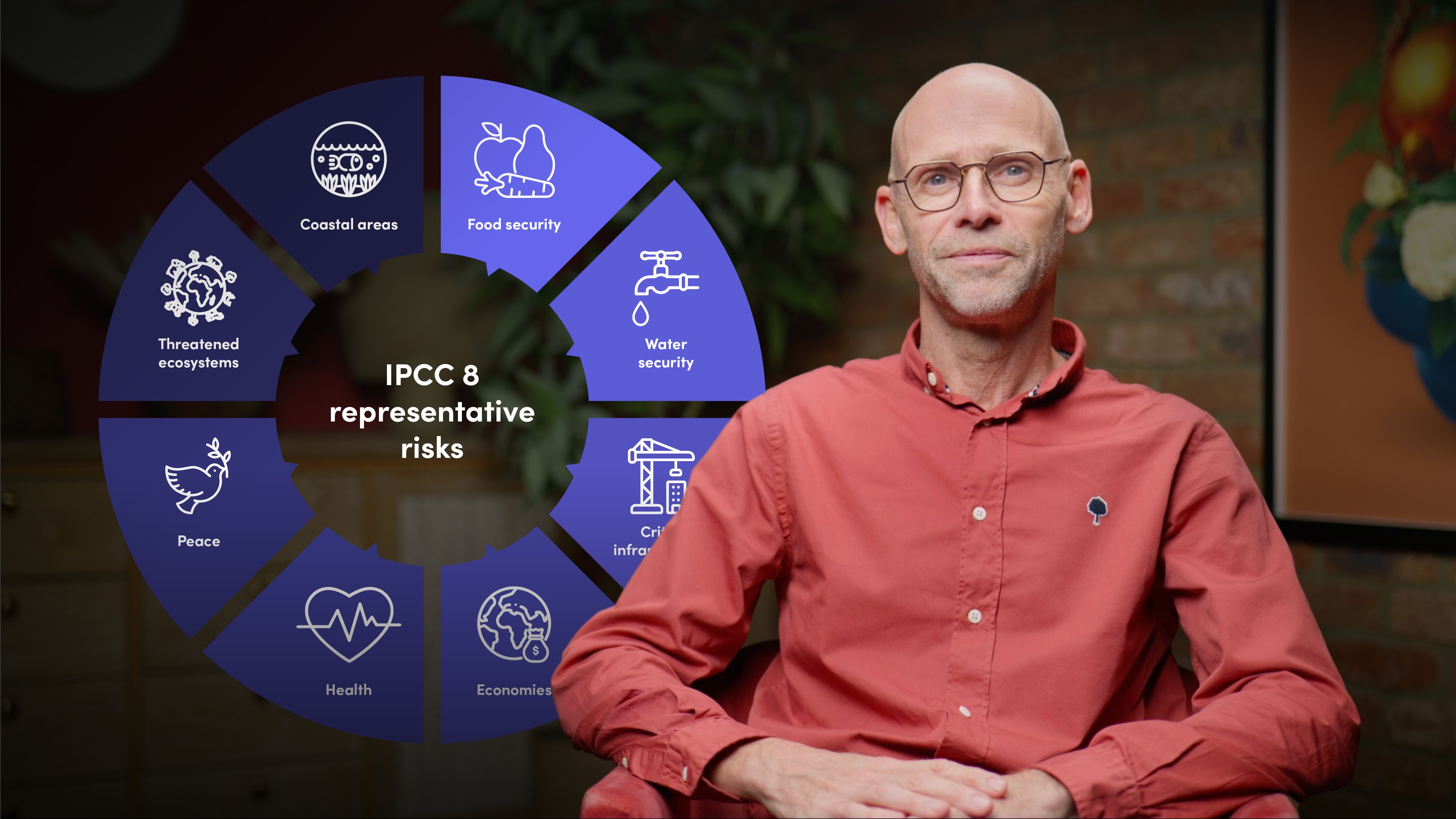
Adapting the Aviation Sector to Climate Change

Jonathan Preist
In this video, Jonathan Preist covers the IPCC Working Group and discusses the complementary concepts of adaptation, vulnerability, resilience and risk. He covers how the sector can adapt to the changing climate.
In this video, Jonathan Preist covers the IPCC Working Group and discusses the complementary concepts of adaptation, vulnerability, resilience and risk. He covers how the sector can adapt to the changing climate.

Adapting the Aviation Sector to Climate Change
13 mins 26 secs
Key learning objectives:
Understand the concepts of adaptation, vulnerability, resilience and risk
Understand the vulnerability of the aviation sector to extreme weather events (Reason For Concern RFC2) & the specific weather phenomena
Understand some of the aviation-sector resources related to adaptation
Overview:
The aviation sector is clearly vulnerable to climate change and its effects such as extreme weather phenomena which have a considerable impact on operations. This vulnerability can be addressed by adaptation. However IPCC has identified that the aviation sector is only at the early stages of adaptation planning.
- Risk is the potential for adverse consequences for human or ecological systems. Risks result from dynamic interactions between climate-related hazards, such as extreme weather phenomena, and the vulnerability of the affected human or ecological system.
- Vulnerability is a component of risk, but also an important focus independently. It is the propensity or predisposition to be adversely affected. It encompasses a variety of concepts and elements, including sensitivity or susceptibility to harm and lack of capacity to cope and adapt.
- Adaptation in human systems is the process of adjustment to actual or expected climate and its effects, in order to moderate harm or exploit beneficial opportunities. In natural systems, adaptation is the process of adjustment to actual climate and its effects, however human intervention may facilitate adjustment to an expected climate and its effects.
- Resilience is the capacity of social, economic and environmental systems to cope with a hazardous event or trend or disturbance, by responding or reorganising. It is the attribute that enables human or natural systems to adapt dynamically.
- RFC1 concerns Unique and threatened systems, Ecological and human systems that have restricted geographic ranges or other distinct properties Even at 1.1 degrees warming, the risk impact is already classified as high.
- RFC2 concerns extreme weather events and their risks and impacts on human health, livelihoods, assets and ecosystems. At 1.1 degrees, this risk is at the border between moderate and high. This will rise to high at the Paris Agreement target of 1.5 degrees.
- Food security
- Water security
- Critical infrastructures
- Economies
- Health
- Risks to threatened ecosystems
- Coastal areas
- Higher average and extreme temperatures
- Changing precipitation
- Increased Intensity of Storms
- Sea Level Rise
- Sea level rise - One of the main conclusions of the IPCC summary report is that sea level will rise for millennia at a rate that depends on future emissions. There are however a lot of uncertainties related to predicting sea level rise and the IPCC underlines that a catastrophic rise of more than 15m cannot be ruled out with very high emissions scenarios and even in the scenarios with the lowest temperature increases, many coastal and low-lying infrastructures will be impacted.
- Turbulence - The increase in temperature of the atmosphere and the oceans leads to increases in turbulence that have an impact on aircraft operations. In aviation, turbulence can have comfort and safety implications and can also impact the fatigue life of the aircraft. Turbulence is projected to increase with the further temperature increases that will occur in the future. Nevertheless, aircraft manufacturers have a number of mitigation means to address the increases in turbulence, from structural design to cope with increased loads or flight control law optimisation to mitigate the loads increase for a given turbulence encounter as well as operational optimisation to reduce the turbulence encountered.

Jonathan Preist
There are no available Videos from "Jonathan Preist"

